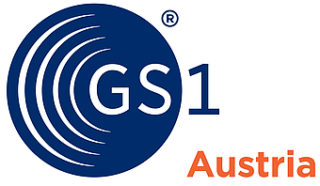Fashion & Sporting Goods
About the industry

Industry challenges
Even though most companies in the industry use integrated ERP systems, business messages between companies are often exchanged in paper format. This is mostly the case because the business is highly seasonal, which results in master data challenges for pre-season orders.
However, the percentage of articles that are always readily available, known as “never out of stock articles,” has increased so considerably in the last few years that a growing number of large sporting goods retailers have started relying on automated electronic business communication processes to interact with their suppliers. Given the large variety of articles and packaging units, a clear identification and communication system across the entire delivery chain is highly desirable and can be implemented to reduce or even avoid manual work in the future.
The benefits of EDI
Electronic Data Interchange (EDI) of business data helps businesses in the fashion and sporting goods industry save money while considerably increasing the efficiency of their ERP processes:
- Significantly reduced delivery times
- Production needs addressed in a timely manner
- Delivery shortly after production
- Reduced cost for storage and decreased tied-up capital
- Ability to plan amount of storage needed
- Faster reaction to changes in demand
- Accelerated payments
- Transfer of updated article master data
- Automated security routines and plausibility checks
- And much more


















